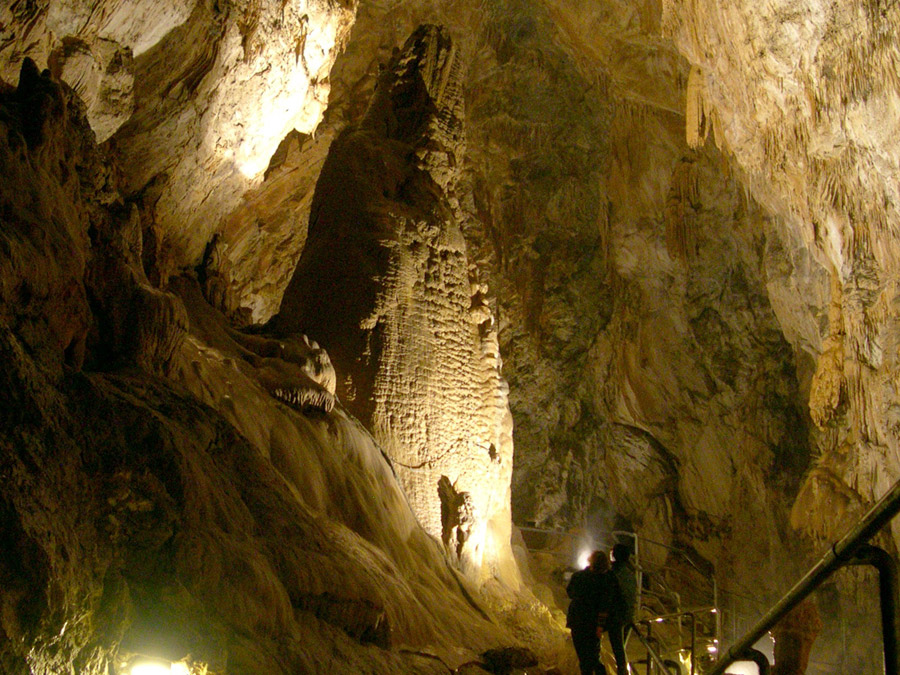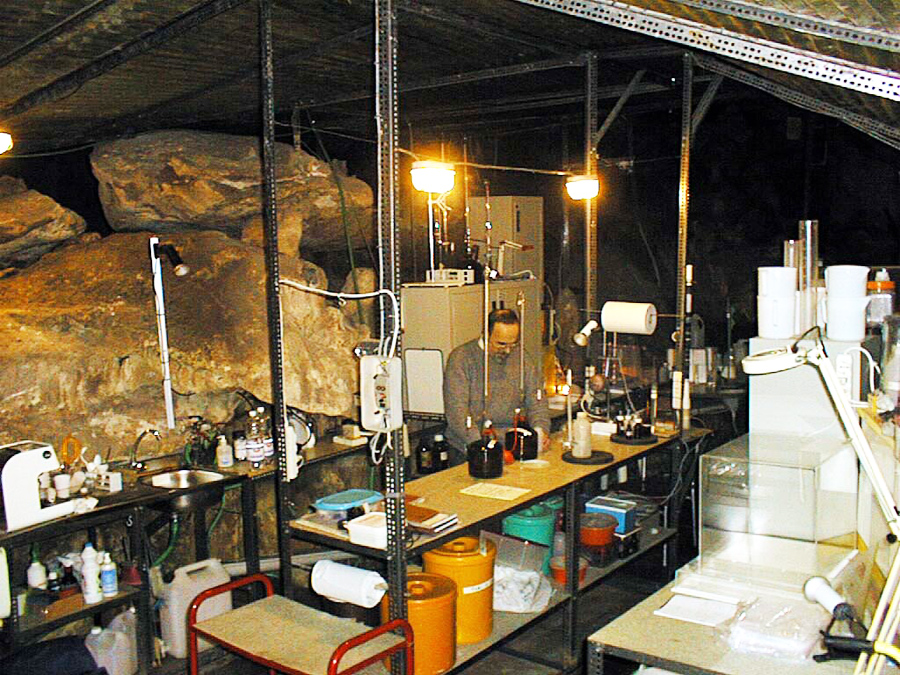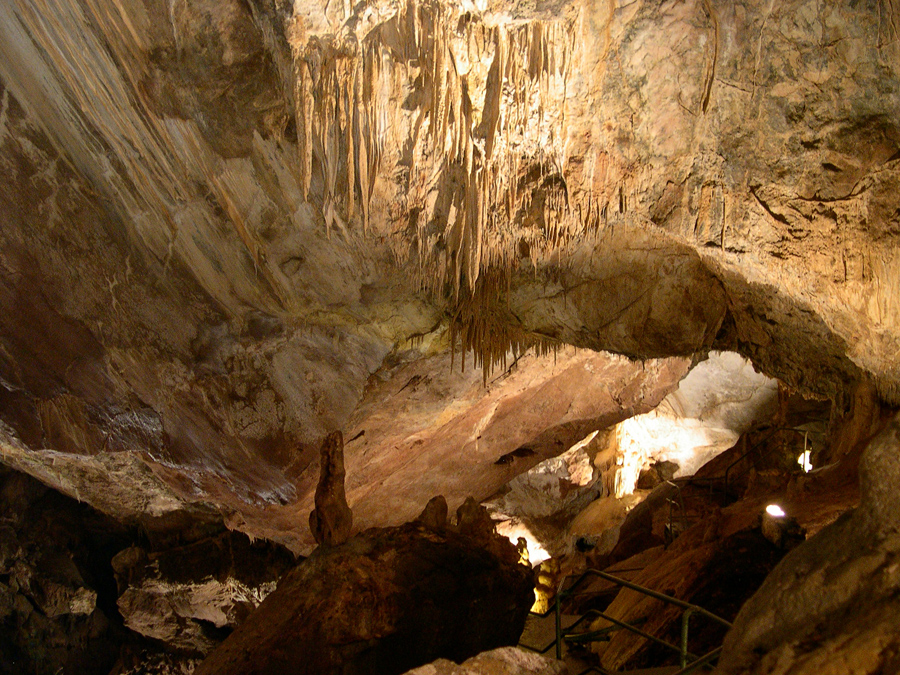Bossea, the first Italian tourist cave, was opened to the public in 1874 and immediately won fame both in Italy and abroad, welcoming a continuous influx of tourists.
Here, therefore, the underground tourism was originated and the study and culture of the karst environment have developed during the years. In 1948 the tourist route was modified and the first electric lightning was installed.
Explorations
The early explorations took place in the first half of the 19th Century thanks to Domenico Mora and his unknown predecessors who reached the Ernestina Lake in the underside of the cave. In 1874, the don Bruno expedition from Mondovì went over the waterfall, arriving at the canyon of the torrent in the upper side of the cave.
In 1948/49 the Loser, Muratore and Cappello expeditions completed the knowledge of the main branches of the grotto, exploring the huge fossil tunnels above the Mora torrent and the Loser Lake; furthermore they surveyed every hollow of the cave.
In the following decades, the Milan Cave Group, the Piedmont Speleological Group and the Speleological Maritime Alps Group explorations discovered about one kilometer of new tunnels located on different levels. In the same year, the speleological-scuba diver GSAM and CSARI of Bruxelles explored about 250 m. of the final siphon, at a depth of 54 m.
Ursus Spelaeus
The ancient lord of the cave
Since the first explorations, the Bossea Grotto has given birth to heaps of bones belonging to this big extinct plantigrade which lived in the Quaternary period between 80 thousand and 12 thousand years ago.
In the ‘Bear Saloon’ a skeletal reconstruction can be seen.
These huge bears used to spend their hibernations in the Bossea Cave and perhaps they stayed inside it to cub.
It can be maintained that adults were really bulky ; remains belonging to very young and very old bears have been found in Bossea: they probably could not put on enough weight to overcome the long and harsh winters of the Ice Age.



